One of the biggest problems with good psychotherapy is the cost. It’s expensive. Yet the need for psychological help and healing grows every day. Although therapy is necessary—especially for people who suffer from major trauma, depression and other psychiatric illnesses—many of us can improve how we feel in peer support groups.
When we can’t afford therapy, or if we live in rural communities without access, we need other solutions. Just as 12-step group programs likeAlcoholics Anonymous,Narcotics Anonymous,Co-Dependents Anonymousand other support groups help millions, people can come together to support each other’s mental health and emotional growth.
Releasing Core Emotions
One of the most important aspects of supporting someone’s mental health is helping them work through their emotions. As a trauma and emotion-centered psychotherapist, I help people feel better by helping them recognize, name, validate and safely release core emotions. Core emotions are the universal, inborn, survival emotions of anger, sadness, fear, disgust, joy and excitement.
When these emotions become blocked or suppressed (for a variety of reasons) they can cause or worsensymptoms. Releasing stuck emotional energy helps thebrain become more integrated, which reduces stress and symptoms. This is a key component of how people can help one another in peer support groups.
Using Helpful Resources
I wrote a book called “It’s Not Always Depression”to help people understand and work with their emotions using a tool I adapted from psychotherapy literature calledthe Change Triangle. One of the many ways I imagined my book being used was as a workbook for peer groups (but any workbook or no book at all works for peer groups are fine, depending on the goals and needs of the group).
Since I started writing about the Change Triangle, I’ve received letters describing the many creative ways people are adapting the exercises to meet their peer support group’s needs. Millie, for example, announced she was starting a group that would adapt the exercises described in “It’s Not Always Depression” by posting flyers in local churches, schools and businesses:
“I am putting together a group for people who want to enhance their emotional and mental health, accept themselves more fully and be more authentic in their relationships.
No judgments. No shame. No stigma.”
Showing Compassion to Other’s Emotions
Six people gathered in Millie’s living room for the first meeting: Millie, John, Margaret, Seth, Dawn and Bob. This mixture of men and women all struggled with anxiety and/or depression and came together to support each other.
Millie read the ground rules: “No judgments, no advice and everything is confidential.” Then, they all took the quiz at the end of Chapter One called, “How Comfortable are You with Emotions?” One by one, they shared their thoughts and a lively discussion about emotions followed. They discussed the hopes and fears they had about the group and about working with emotions in front of each other. They ended with a compassion meditation Millie found on the internet. The group decided they wanted to meet every week to build a sense of continuity and connection.
The second meeting was at Margaret and John’s house. The same group sat around their kitchen table. Knowing emotions would come up, the group agreed to be compassionate and respectful witnesses to each other’s emotions. For example, if someone started to cry, group members should be silent but present. Peer group members who share true emotional experiences with each other feel more authentic and connected.
Learning to Slow Down and Breathe
Opening their books to the first experiment on slowing down, they took turns reading the instructions for how todeep belly breathe. Learning to breathe,groundand slow the mind down is the first step in working with emotions. Additionally, deep breathing stimulates a major nerve in the body that decreases the heartrate. It is the single best practice I know for lowering anxiety and for riding an emotional wave until it ends.
Following the exercise, they each named a few reactions they had. They all giggled when John said, “This feels like something out of a hippie commune.”
Connecting with Peers Regularly
The group continues to meet each week. Millie loves going around the circle at the start of each group, asking each member to notice what emotions they’re feeling in the present moment and where they sense them physically. She told me how practicing this every week is really paying off; she knows herself much better now and it feels really good to connect to herself this way.
When we learn to work with emotions, we stop being afraid of our feelings, we stop being hampered or side-lined by the traumas and wounds we have experienced and we unlock a potential to restore connection to ourselves and to others. When we understand emotions, our suffering changes from shameful to human. When we practice staying present as our peers connect to their emotions and heal, we can grow stronger and heal ourselves.
Any details have been altered to protect patient privacy.
Hilary Jacobs Hendel, LCSW,is the author ofIt’s Not Always Depression(Random House & Penguin UK),a book which teachesboth the general public and psychotherapists about emotions and how to work with them to feel better. She received her BA in biochemistry from Wesleyan University and an MSW from Fordham University. She is a certified psychoanalyst and AEDP psychotherapist and supervisor. She has published articles in The New York Times and professional journals. Hendel was also the Mental Health Consultant on AMC’s Mad Men. She lives in New York City. For more information and free resources for mental health visit:https://www.hilaryjacobshendel.com/

